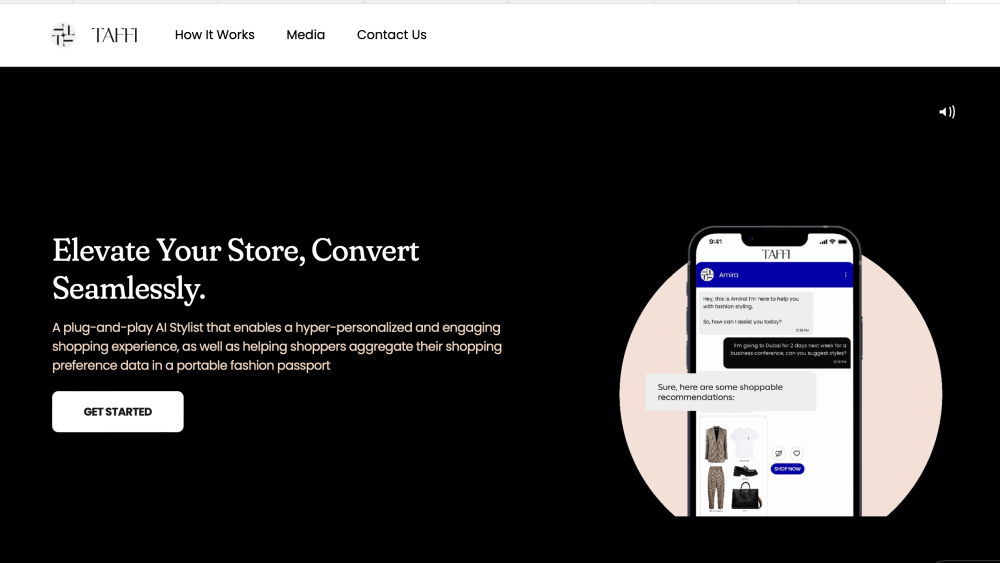Milan — Buoyed by government backing and a large consumer base under the age of 40, Saudi Arabia's fashion industry is poised to dominate the global e-commerce market. A report sent to WWD by the Saudi Arabian Ministry of Culture's Fashion Committee said the country is uniquely positioned “compared to China, the United States, and Europe, which are currently the world's most prominent e-commerce markets.”
The report, titled “Saudi Arabia's Fashion Frontier: The Evolution of E-commerce and the Adoption of AI,” was compiled from data that will be released in November in the Kingdom's State of Fashion Report 2024. The analysis was compiled by the Fashion Commission and was drawn from public fashion retailers' consolidated annual reports, investor announcements, academic literature, market intelligence data, online surveys and stakeholder interviews.
One of the main reasons Saudi Arabia stands out from the rest of the world is its young population: about 65% of the population is under 40 years old. By comparison, China, the United States and Europe have significantly lower populations under 40 at 51%, 54% and 46%, respectively. Another factor is that the country's Gen Z, those born between 1997 and 2012, and millennials, those born between 1981 and 1996, are “increasingly inspired by online influencers and purchasing products via social media platforms,” the report said.
According to Statista, the global fashion e-commerce market will be worth more than $820 billion in 2023. By 2027, it could be just over $1.2 trillion. Revenue from Saudi Arabia's fashion e-commerce market is projected to reach $4.08 billion by 2027, up 74 percent from $2.34 billion in 2023, the Fashion Commission report said, citing figures from Statista.
Saudi Arabia's dominant omnichannel, online and brick-and-mortar retail giants, including Chalhoub Group, Namshi, Net-a-porter, Alshaya, Ounass and KOJ (Kamal Osman Jamjoom), are investing and establishing partnerships to expand their e-commerce reach in the region and enhance their AI capabilities. The report highlights emerging pioneers such as Taffi, a Saudi Arabia-based AI-powered fashion shopping platform that uses machine learning, ChatGPT and other generative AI applications to provide users with styling recommendations based on their preferences, outfit occasions and budget.
“The Saudi Arabian market, with its rapid growth and unique ecosystem, is poised to play a pivotal role in shaping these global changes,” the report concluded, outlining other concrete efforts currently underway.
Retailers in the Kingdom are also partnering with logistics and delivery providers to speed up delivery times and streamline the delivery and return process. For example, Jeddah-based delivery service provider and logistics company Saee offers daily pickups from customers' warehouses and same-day delivery in Jeddah. Elsewhere, platform service providers have emerged to help small businesses set up, operate and manage their online stores.
At the government level, Saudi Arabia is implementing new e-commerce laws and trade policies, paving the way for a supportive technological and logistics infrastructure. In 2021, Saudi Arabia already boasts the world's second-largest 5G network and is also focusing on reducing customs wait times.
Additionally, the Financial Sector Development Program, which aims to create a modern and innovative financial system that supports entrepreneurship and promotes the private sector, aims to increase digital payments by 70 percent by 2030. The report noted that the increase in digital payments can be largely attributed to the launch of Mada, a domestic debit card by the Central Bank of Saudi Arabia.

Tima Abed to appear at Riyadh Fashion Week 2023
Photo credit
The first official Riyadh Fashion Week took place under the bright lights of the city's new King Abdullah Financial District, as the Saudi Arabian Fashion Commission forges ahead with its goal of developing a complete local value chain and building more categories around the fashion industry.
According to a quarterly report from the Small and Medium Enterprise Authority (Monshaat), the total value of Saudi Arabia's fashion industry will reach SAR 92.3 billion ($24.6 billion) in 2021, with domestic fashion accounting for SAR 46.9 billion ($12.5 billion) in 2022. Cumulative growth in the fashion sector is expected to increase by 48 percent between 2021 and 2025.


